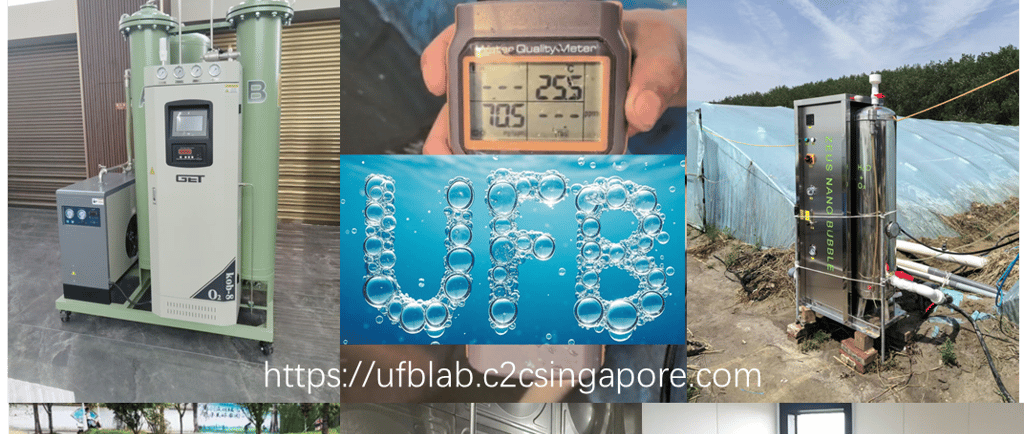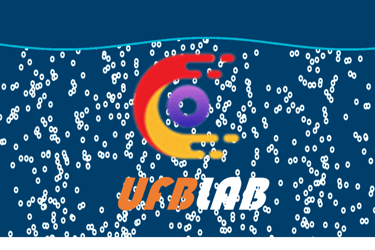Exploring the Potential of O2 Nanobubbles in Water Treatment
NANOBUBBLE FAQ
UFBLab Singapore
7/12/20251 min read


Introduction to O2 Nanobubbles
In recent years, the use of nanobubble technology has garnered significant interest in various fields, particularly in water treatment. O2 nanobubbles are defined as tiny bubbles of oxygen that can be suspended in water, boasting a high surface area which aids in solubility. This innovative method is being recognized for its ability to enhance oxygen levels in aquatic systems, thus optimizing the health of aquatic life and improving water quality.
Understanding Dissolved Oxygen Levels
To comprehend the capabilities of O2 nanobubbles, it is essential to understand the concept of dissolved oxygen (DO) levels. As per Henry's law, the maximum concentration of oxygen that can be dissolved in water at standard temperature and pressure is approximately 40 ppm (parts per million). In comparison, the aerated water can generally hold about 8-9 ppm of oxygen derived from atmospheric air. This disparity highlights the critical role that O2 nanobubbles can play in elevating the oxygen levels beyond traditional efficiencies.
The Impact of O2 Nanobubbles on Aquatic Systems
The application of O2 nanobubble technology can significantly enhance the health of aquatic ecosystems. By achieving higher DO levels through the use of nanobubbles, the overall vitality of aquatic environments can improve, leading to robust growth in both flora and fauna. The increased oxygenation facilitates better nutrient uptake in plants, enhances the respiration of fish, and supports the degradation of organic substances, thus improving water quality. Furthermore, the stability and longevity of these nanobubbles mean that oxygen remains accessible for extended periods, contributing to a sustained environment for aquatic organisms.
Conclusion: The Future of Water Quality Improvement
The exploration of O2 nanobubbles presents promising possibilities for the future of water treatment methodologies. With the ability to produce oxygen levels significantly higher than traditional techniques, nanobubbles can serve as an effective tool in promoting healthy aquatic ecosystems, tackling challenges such as water quality degradation and hypoxia. Continuous research and advancements in this field will further redefine the boundaries of what can be achieved for sustainable aquatic management.
Innovation By Research
Shenton Way, Singapore
© 2024. C2C Technology Singapore Pte Ltd All rights reserved.
Company
RELATED Products
